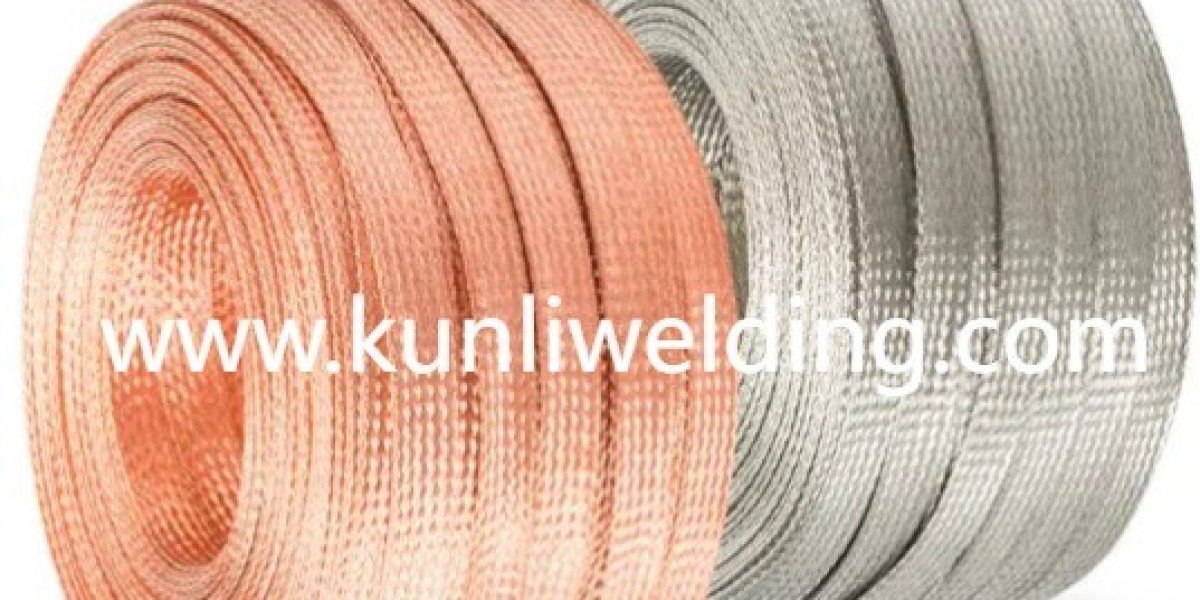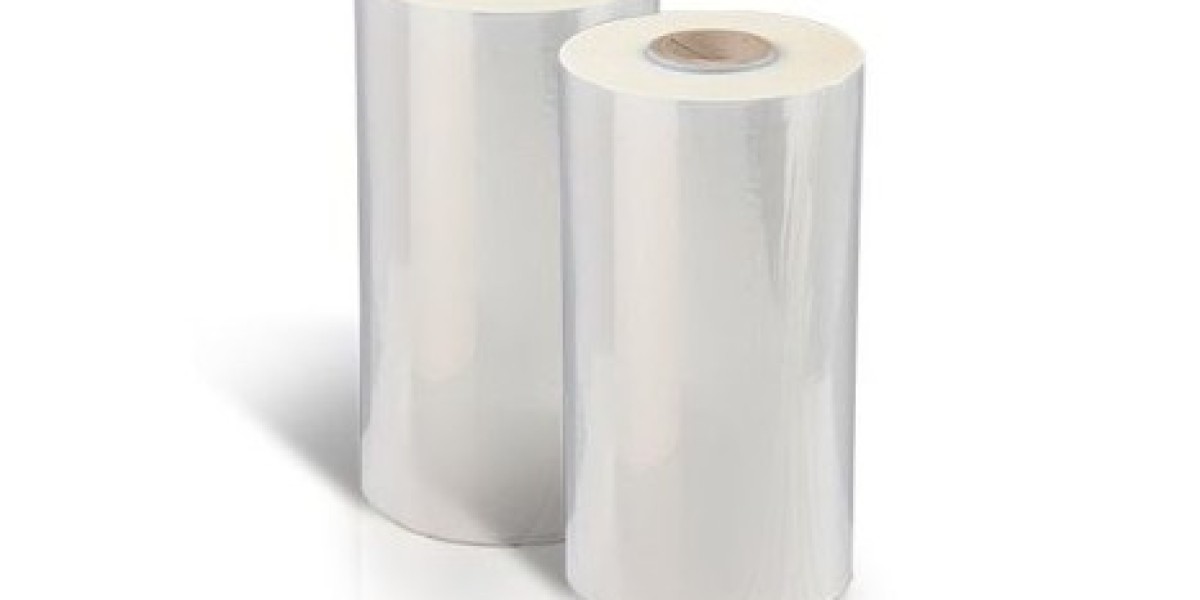A well written technical brief helps project teams anticipate performance and testing needs. That is why China Aluminum Alloy Wire Manufacturers are frequently examined for the ways they combine alloy chemistry with mechanical processing to produce finished wire that meets application needs. This article breaks down the production chain and highlights the production decisions that most affect product attributes.
At the very start the choice of feedstock and its handling sets a baseline for quality. Alloy composition is adjusted during melting and casting operations. The presence and proportion of alloying elements determine strength and resistance to environmental influence. Those initial decisions cascade through every subsequent process and are therefore central to product characteristics.
Following casting and primary forming the material enters a series of forming stages that refine geometry and mechanical state. Drawing operations reduce diameter while improving dimensional control. Thermal routines applied during and after forming restore ductility or alter mechanical balance to meet the target specification. The interaction between deformation history and heat treatment is a fundamental lever for engineers who want to tune strength and flexibility.
Surface condition is shaped by both process and finishing. Mechanical drawing tends to smooth surface irregularities but can also embed defects if dies are worn. Finishing operations such as cleaning and passivation protect exposed metal from early onset corrosion. Choosing appropriate finishing ensures long term contact behavior and preserves electrical continuity where needed.
Process control reduces dispersion between production runs. Inline and end of line inspection routines detect faults early and reduce the risk of shipping nonconforming lots. Typical inspections focus on dimensional stability, surface condition, and representative mechanical testing. When routine measurements feed corrective action the production process becomes more reproducible and the likelihood of field returns drops.
A practical approach to evaluating a production line involves requesting a process flow chart plus examples of test records for comparable product runs. Observing how a supplier handles die wear, heat treatment cycles, and surface finishing reveals the operational discipline that underlies final quality. Facilities that document changeovers and maintenance activities are often the ones that can reproduce product performance when orders scale.
Packaging and coil handling are integral to the production end game. After all the care taken during forming, protective packing preserves the finished condition. Buyers should confirm that handling methods minimize abrasion and moisture ingress, and that labeling provides batch level traceability. Clear handling instructions and packing lists streamline inbound inspection and storage at the buyer site.
If you want to see how production descriptions are presented by a manufacturer for potential buyers and engineers the referenced product pages offer informative language about manufacturing focus and application areas. Use those descriptions to form precise technical questions when seeking samples and testing arrangements.
For teams preparing technical purchase specifications consider including acceptance tests that reflect the intended service environment rather than relying solely on generic checklists. Field relevant tests reduce ambiguity at delivery and create a shared understanding of functional performance. When in doubt, arrange a witnessed trial so the supplier process can be verified under your test plan.
Concluding practical recommendations include demanding process documentation, requesting representative test records, and confirming packaging and handling practices before large runs are placed. Documented processes and cooperative testing reduce delivery risk and accelerate qualification for service use.



